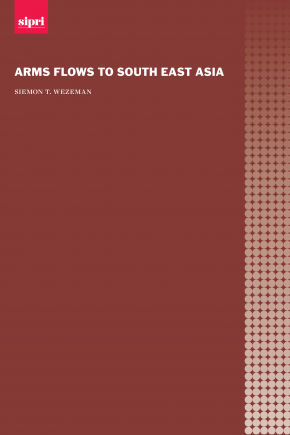Arms Flows to South East Asia
The security environment of South East Asia is making more and more headlines and is increasing cause for concern. While old tensions and conflicts remain, China’s rise as a military power and its claims on the South China Sea not only add a new element of insecurity but also draw other powers into the mix. As this paper documents, states in South East Asia have significantly increased their military spending, their arms acquisitions and their arms inventories over the past decade. This growth has outpaced the global trend and the trends of most other regions.
While the growth of military capabilities is not an uncontrollable arms race, there is cause for real concern. The increased size and capabilities of most armed forces in South East Asia—coupled with increased tensions in the region, especially over the South China Sea—lead to more military forces operating in close proximity to ‘unfriendly’ forces. Mechanisms and agreed rules to deal with the overall tensions or with unexpected confrontations of opposing military forces are lacking, which does not make it easy to prevent incidents from escalating. Furthermore, weak transparency in foreign and defence policy poses a risk of misunderstandings about why South East Asian states acquire weapons, what their ‘red lines’ are and what the response to crossing those lines would be.
1. Introduction
2. The security environment in South East Asia
3. Regional military spending, arms acquisitions and the role of suppliers
4. State military spending and arms acquisitions
5. Conclusions

